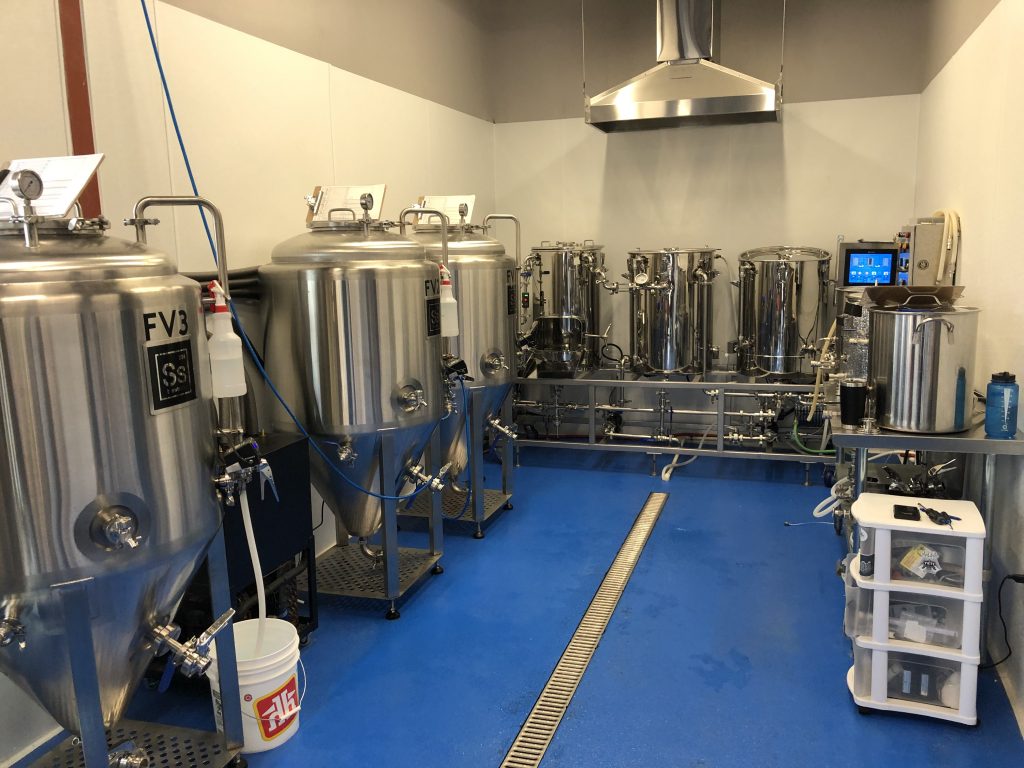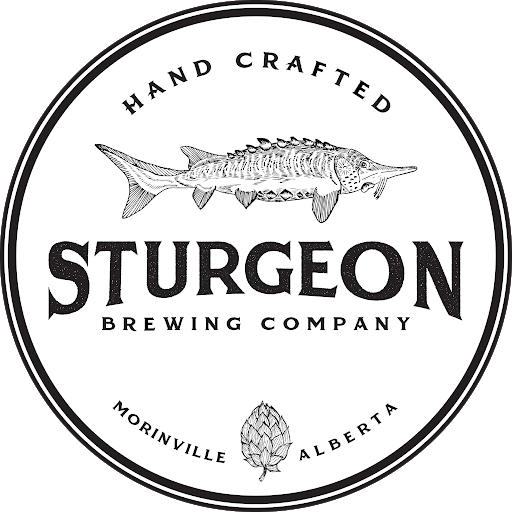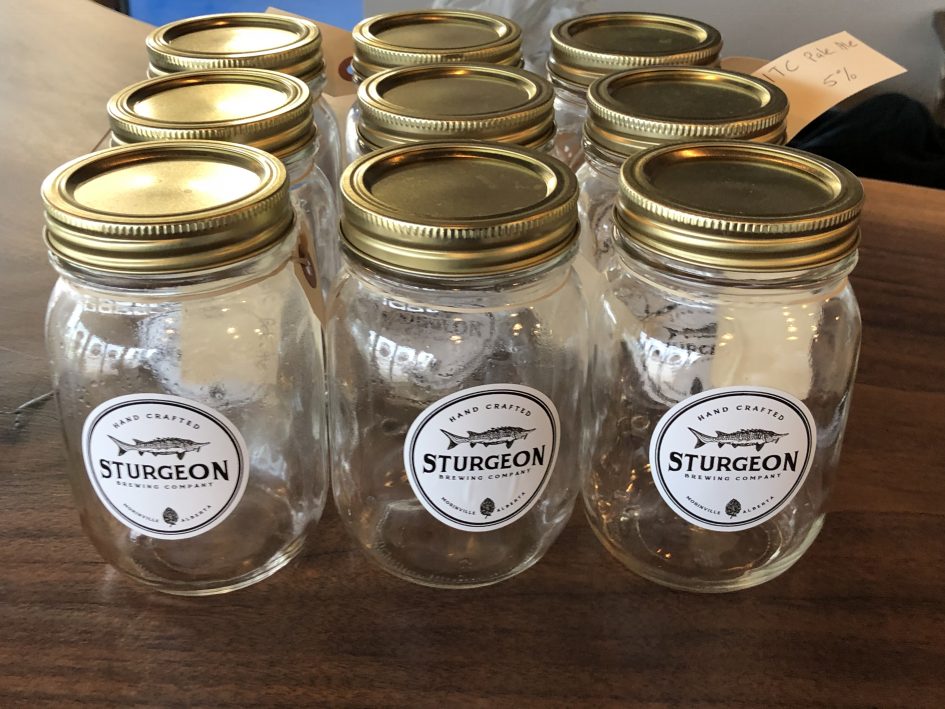Starting up a small, local craft brewery is hard enough. Licensing and permit bureaucracies to navigate. Tons of technical issues to tackle. And then there is the money. It requires tonnes of work with a big question that hangs over every bit of it: will people drink our beer? Take that challenge and tack on the COVID-19 pandemic, and you are in for a pretty rough ride.
Well, one of Alberta’s newest breweries did just that. Sturgeon Brewing in Morinville opened their doors (sort of) in mid-April, at the height of the COVID-related restrictions. It wasn’t their plan to open in the middle of a health crisis, but they kind of didn’t have any option.
I did my most recent CBC Radio Active column on them. You can listen to the column here.
“The beer was ready to go and the rent needed to be paid,” says Josh Watson, one of three friends and co-owners of Sturgeon. “It wasn’t ideal, but we need to keep going.” The other two owners are Kerry Lamoureux, and DJ Halpin.
The original plan for Sturgeon was to create a tap-room exclusive brewery that served the locals of Morinville and area. “We wanted to be Mornville’s brewpub”, says Halpin. They installed a tiny 1.2-barrel brewhouse and built a 25-seat taproom just off the main street in downtown Morinville. They were aiming for an April opening when COVID hit.
“It turned our plans upside down,” observes Lamoureux. With the restrictions, the taproom was not permitted to open. With beer in tanks, they could have tried waiting it out, but cash flow was the problem. The trio built the brewery on a shoestring, using only their own personal savings and avoiding any financing. Which meant they didn’t have a lot of extra space to sit idle for three months waiting for restrictions to be eased.
So they shifted gears.
“Originally growlers were going to be supplemental to pints served in the taproom”, observes Watson. Instead, they decided to open for growler fills only as a way to get the beer (and revenue) flowing. “We were worried, thinking people would not want to come out during the crisis”, says Halpin, “but it exceed our expectations.” On the first day customers lined up (in a socially distant way) around the block with some waiting as long as three hours to get a taste.

They completely sold out in less than two days. A week later tried again and sold out in less than three. At that point they new they need to shift gears again. Given the small volumes they were producing, sending two litres out at a time was quite taxing. Plus customers were asking for smaller options so they could sample beer they hadn’t tried before.
So the trio dreamed up selling takeaway beer in pint-sized mason jars. This move got them in trouble with AGLC, who offered up a quick “never!” over the plan. However, a spirited social media campaign by Sturgeon and, likely, some cooler heads in the AGLC boardroom reversed the decision a day or two later. (Sturgeon seals the jar with electrical tape, just like growlers, and advises customers to drink as soon as they get home.) The mason jars have been quite popular and have become a sizeable portion of their sales.
The trio acknowledge it is not an ideal way to open a brewery, but it seems to be working so far. In fact, it has them re-thinking the balance between growlers and taproom sales post-COVID, and contemplating that they can sell more beer than planned. They have recently ordered new fermenters that will double their capacity.
They look forward to opening their cozy taproom and finally get to be the brewery equivalent of “the local bakery”, as Halpin frames it.
As for the beer, they are aiming to produce “no nonsense, straightforward beer made with local ingredients and with high quality,” says Halpin. “We want people who don’t know anything about craft beer to feel good here. We want a relaxed atmosphere, and expect to be doing a lot of educating”, which they are happy to do.

They have four core beer to start, with some rotationals to mix things up. The four core include: Combine Cream Ale, Head in the Clouds Pale Ale, What I’m All About Stout and a fruit cream ale with rotating fruit additions.
When I was there for a (socially distant) visit the beer were very fresh, cleanly brewed and offered a subtly complex flavour profile – accessible but if you pay attention there are some quiet layers to the presentation. There was a rotational Mild on tap which, when it warmed a little, exhibited a rich nutty character, hints of raisin and dark fruit and just a wisp of chocolate (all in a 3.4% beer). The most recent fruit beer was raspberry and its aroma was divine (not an easy thing to do).
Under normal circumstances, the hook for this profile would be their placement as a hyper-local nano-brewery serving the local community. Which they are – or at least will be when they can get back to their original business plan.
In this COVID world they are also an example of perseverance, flexibility and a “let’s just do it” mentality that is crucial to survive in the craft beer industry.
For the moment they are only open Fridays and Saturdays and don’t expect to find their beer outside the brewery anytime soon.


Leave a Reply